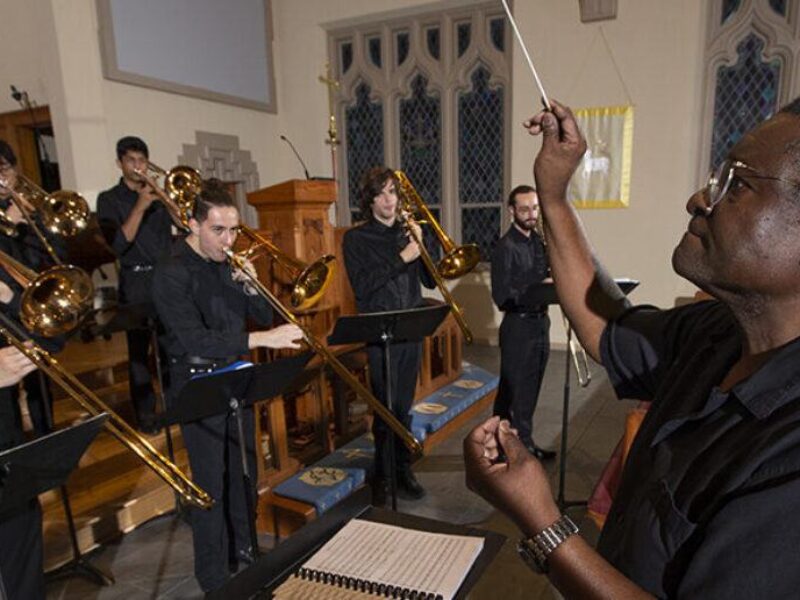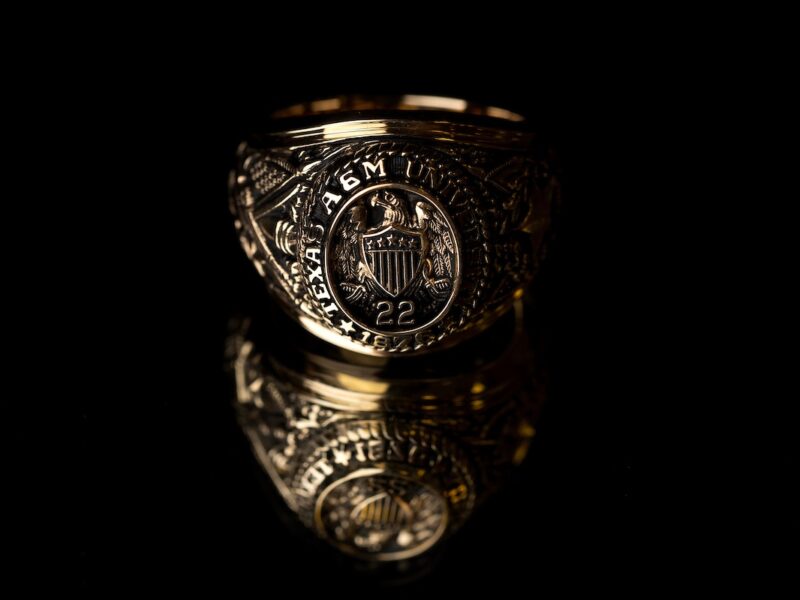Escaped Union Soldiers Gave Extra Meaning To Flag Day
The adoption of the U.S. national flag on June 14, 1777 by the Continental Congress gave America a national symbol of identity and unity. Today, 242 years later, Americans celebrate Flag Day in recognition of that important moment in the nation’s history.
Although Flag Day’s official proclamation didn’t come until 1916 and its establishment as a day of observance by Congress didn’t happen until 1949, the sight of the stars and stripes gave a little-known group of Americans reason to celebrate.
In The Yankee Plague: Escaped Union Prisoners and the Collapse of the Confederacy, author Lorien Foote shares the story of Union prisoners of war who were brought to tears at the sight of the flag when they escaped or were released from the Confederacy arrived back inside U.S. lines during the Civil War in 1864.
Foote, the Patricia & Bookman Peters professor and director of graduate studies in the Texas A&M University College of Liberal Arts, describes the moment in an excerpt from the book:
All former prisoners marked the same phases in the transition from prisoner to free man.
Successful fugitives and exchanged prisoners alike first counted themselves free when they glimpsed the United States flag; seeing the Stars and Stripes was the moment of release. Whether they wrote in diaries at the time or remembered the event years later, they lingered over that moment and drew on lines of poetry to capture their emotions. The flag made tangible the protection of the U.S. government and the personal freedom it provided. Seeing that symbol after long months of captivity was overwhelming. One escaped prisoner ran up to the flagstaff and embraced it, then sank at its base in tears. Others “bowed with reverence” as they “felt its protecting power.” Exchanged prisoners at Wilmington fell silent when they approached the flag and stepped out of line to kiss “the sacred emblem of freedom.” J. Madison Drake “breathed a fervent prayer that mine eyes had again been permitted to behold its glory. Months had elapsed since I had witnessed such a sight – I felt like a free man.” When he published his re-worked diary in 1866, he quoted the last stanza of Joseph Rodman Drake’s “The American Flag,” a poem published in the second decade of the Nineteenth Century and rendered into song during the first year of the Civil War:
Flag of the free heart’s hope and home
By angel hands to valor given;
Thy stars have lit the welkin dome,
And all thy hues were born in heaven.
Forever float that standard sheet!
Where breathes the foe but falls before us,
With Freedom’s soil beneath our feet,
And Freedom’s banner streaming o’er us?
More than 3,000 federal prisoners of war escaped from Confederate prison camps into South Carolina and North Carolina during the winter of 1864, marking the beginning of the end of the Confederate cause.
Foote’s book explores the connection between the crumbling Confederate prison system and the downfall of the Confederate States of America.
Media contact: Sam Peshek, 979-845-4680, sam.peshek@tamu.edu.





